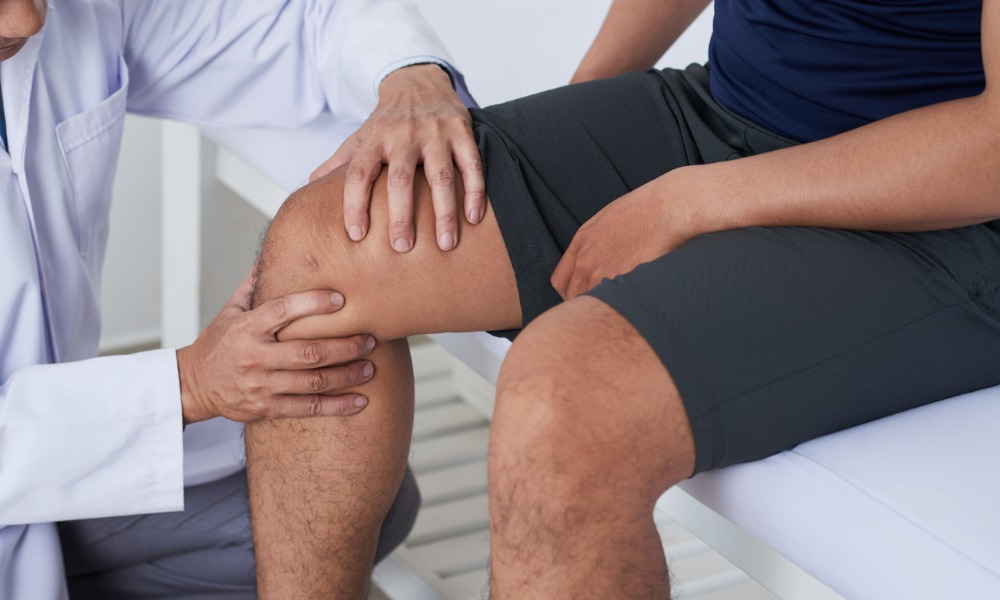
Case examines connection between primary and secondary workplace injuries

The Queensland Industrial Relations Commission recently examined whether a secondary workplace injury could stem from an initial incident. The case involved a worker who maintained that his second knee injury was a direct result of having to compensate for his first workplace injury.
The worker faced challenges in establishing the connection between his employment and the second injury, particularly due to limited early medical documentation. The case brought attention to workplace injury assessment when one injury leads to another over time.
The Commission's task involved evaluating how workplace injuries should be assessed, especially in remote locations where immediate medical support isn't readily available.
A chef at a K'gari (Fraser Island) resort injured his left knee while working in the kitchen on 27 March 2021. He lodged his initial claim with WorkCover Queensland on 1 April 2021, which was accepted. Later, in November 2021, he submitted a second claim for a right knee injury, which WorkCover Queensland rejected in June 2023.
Following the initial injury, the worker had no access to mobility aids at the resort. His colleagues had to help him move around as he hopped on his right leg across uneven ground and sandy soil to reach medical treatment. This situation persisted until he could access proper medical care at the hospital.
For three to six months after the incident, the worker couldn't put weight on his left leg. During this period, he relied heavily on his right leg for mobility, including during his prescribed physiotherapy exercises for rehabilitation.
According to records, two medical specialists provided expert opinions in this case. Associate Professor Gary Nielsen, an orthopaedic surgeon, conducted an independent examination of the worker.
His assessment supported a connection between the workplace incident and both knee injuries, stating: "[The worker] likely injured both knees in the work-related event... given the nature of the fall and likely twisting injuries which occurred to both knees at the time."
Dr Christopher Cunneen, who provided an Independent Medical Examination Report to WorkCover Queensland, presented a different view.
He noted that there was insufficient early documentation of right knee complaints, stating: "There is no medical evidence on file to support [the worker's] right knee condition (torn medial meniscus) is causally or even temporally related to [the] workplace event."
Medical evidence showed the worker had developed a medial meniscal tear in his right knee by November 2021. The medical experts disagreed about whether this resulted from the original incident or from compensating for the left knee injury.
The Commission accepted the worker's evidence about experiencing right knee pain within days of the incident. The Commissioner observed: "While it may be the case that in the normal course of events, a medial meniscal tear gives rise to severe symptoms and an incapacity to weight bear on the affected leg, that is plainly not what has occurred here."
Associate Professor Nielsen's evidence was particularly relevant to the Commission's findings: "He could have had an undisplaced crush injury to his meniscus at the time of the original injury and then he could have had an extension of that tear with the required forces when he's hopping subsequently."
The Commission ultimately determined: "I am satisfied that [the worker's] injury arose out of, or in the course of, employment and that employment is a significant contributing factor to the injury."
As a result, the Commission set aside WorkCover Queensland's decision and ordered that the worker's claim for the right knee injury be accepted.